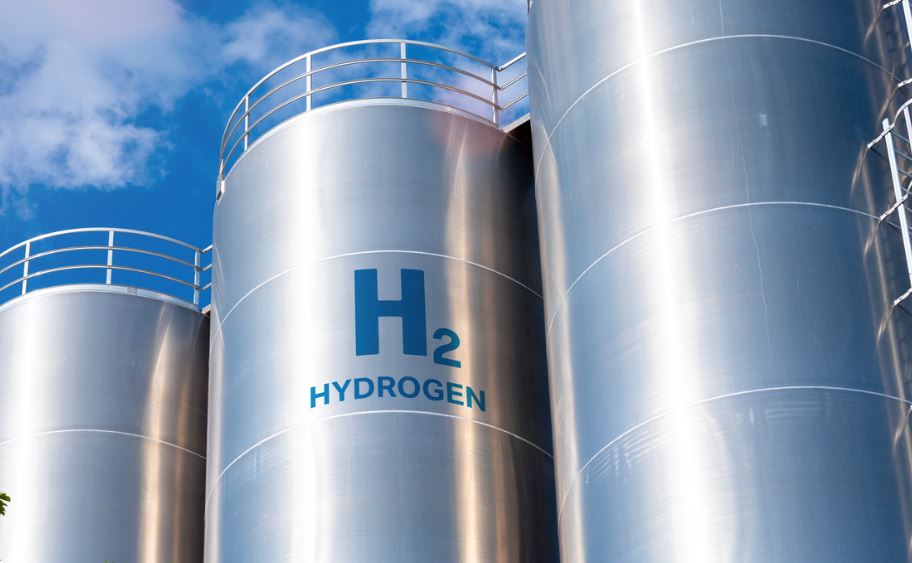This patent presents a method for producing hydrogen using a specialized installation setup, offering a streamlined and potentially efficient route for hydrogen production.
At the heart of this patent is a pressurized tank acting as a reactor. This reactor is vital for the process and is designed to handle various components required for the chemical reactions needed to produce hydrogen. Key materials introduced into the reactor include water, ferrosilicon, sodium hydroxide, and pressurized air. The air is fed into the system via a compressor, ensuring a consistent supply at the required pressure levels.
Safety and operational efficiency are paramount in any chemical process, and this installation has taken several precautions. A solenoid valve and/or a shut-off valve are used alongside a non-return valve to regulate flow and pressure within the system. These components ensure that the pressurized air moves in the correct direction and at the optimal flow rate, minimizing any risk of backflow or pressure-related issues.
The design incorporates multiple non-return valves at strategic points. An upper outlet from the reactor connects to a pipe with a second non-return valve, leading to a pressurized wash tank. This configuration ensures that the flow of materials proceeds smoothly toward the next stage without any risk of regression, enhancing both safety and efficacy in processing.
Pressurized Hydrogen Storage
One of the standout features of this patent is the method of storing the produced hydrogen. The system directs the hydrogen to a pressurized storage tank through a pipe with another non-return valve. The storage tank is equipped with an outlet pipe further safeguarded by a solenoid valve and/or shut-off valve, ensuring controlled release. A non-return valve and a flow/pressure regulator oversee this stage, guaranteeing stable and safe storage conditions for the hydrogen.
Stay updated on the latest in energy! Follow us on LinkedIn, Facebook, and X for real-time news and insights. Don’t miss out on exclusive interviews and webinars—subscribe to our YouTube channel today! Join our community and be part of the conversation shaping the future of energy.
